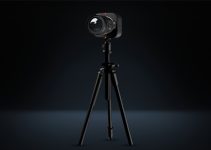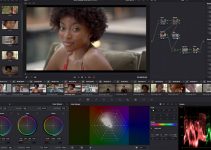Everybody makes great cameras these days. It is an amazing time to be a filmmaker as there are so many options to choose from so you can truly find the perfect kit for your needs.
Making the decision can be very tough and choosing a brand is usually a lasting choice you have to stick with due to investing in lenses and accessories.
If you are in the market for a new camera and are curious about some of the top picks you should check out this video from Tomorrow’s Filmmakers. This “ultimate” guide takes some of the most popular options today from Canon, Sony, Panasonic, and Blackmagic and puts them to the test.
They chose a common range for many filmmakers starting to get serious about video, including:
The mirrorless cameras on this list are designed to do double duty for photo and video. However, in this comparison the focus is squarely on the filmmaking side.
They also want to point out how they are planning to be unbiased. Across the three of them they use Sony, Panasonic, and Canon cameras, so it would be tough to have any personal opinions swaying the whole video in one direction.
For lenses they went with each brand’s 24-70mm equivalent. They wanted to keep things native and consistent with each system. They went with the following:
- Canon RF 24-70mm f/2.8 L IS USM
- Sony FE 24-70mm f/2.8 GM
- Canon EF 24-70mm f/2.8L II USM (Blackmagic)
- Panasonic Lumix G X Vario 12-35mm f/2.8 II ASPH. POWER O.I.S.
Price
Let’s start with price, as while all these have a decent price some are a touch more expensive than the others. Going from cheapest to most expensive:
- Panasonic GH6 — $2,200
- Blackmagic Pocket 6K Pro — $2,500
- Sony a7S III — $3,500
- Canon R5 — $3,900
All are a good investment for those looking to start getting serious about video production. Price might be one of the biggest factors for you and is a good place to start narrowing down your options.
Build/Layout
Specs alone won’t make a camera. If it is painful to use it then chances are you won’t use it as much as you want or you just won’t be able to get all the shots you need. All the cameras (except Blackmagic, more on that later) generally share the same size and form factor.
In their opinion, the Canon R5 has the best grip and is most comfortable to hold. They also need to call out how the Blackmagic is significantly bigger than expected.
Despite the size it does have a nice textured grip and it has the most unique interface with a large 5” touchscreen and simple menu system. Blackmagic also has things like built-in ND filters that make filmmaking easier.
The final list puts Canon at the top, Blackmagic in second, and then Panasonic and Sony share a third place with their more average designs.
A final note about Blackmagic is that the size can make it more difficult, especially since it won’t fit on certain gimbals and doesn’t have in-body stabilization. That might be important for you.
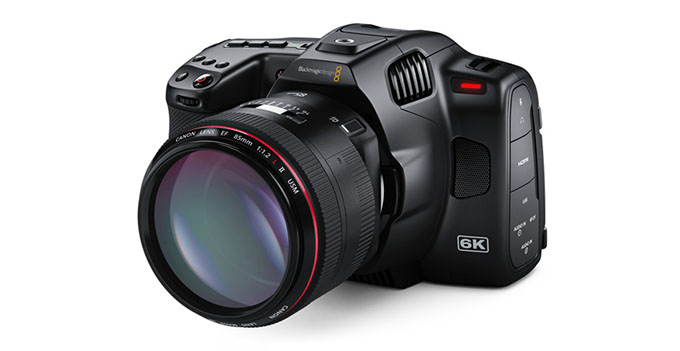
Image Credit: Blackmagic Design
Menu/Ease of Use
Camera menus are partially a matter of familiarity. Once you use one brand for a while you just get used to it. However, some options are objectively better. Blackmagic’s video-optimized menu and touchscreen is simplified and yet has tons of options. It is absolutely the best of the bunch.
Canon comes in second with a decent menu system that has been refined over many generations of cameras. Sony’s is bit more difficult and while the brand has made progress they still have a ways to go. Now, the clear worst is Panasonic. Tons of options, very confusing layout, it’s just not great. Functional once you learn but not great.
Sensors
This is one of the biggest areas of differences between all these cameras. Sony and Canon are coming in with the large, full-frame sensors. Between those two you have the R5 with a 45MP resolution while Sony opted for a more conservative 12MP.
The full-frame nature of the cameras pushes their price up and helps get that shallow depth of field look. Sony’s focus on video with a 12MP resolution pushes it just over the Canon in this comparison.
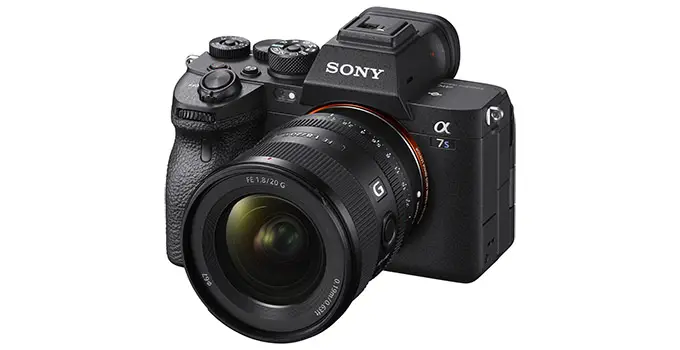
Image Credit: Sony
The other two have different formats, with Blackmagic using a 6K Super35mm sensor and Panasonic continuing to use their Micro Four Thirds system. The relatively small Four Thirds chip of the GH6 feels a bit limiting these days.
Plus, in terms of lenses you will either have to find native glass or deal with a hefty crop. Speed boosters can help here, but then that pushes up the overall cost.
Resolution/Frame Rate
Tons of options here and a lot to go through.
Canon has the top resolution options with its ability to record internally in 12-bit 8K raw at 24 or 30 fps. However, the camera’s design wasn’t optimized for pure video shooting and the camera is prone to overheating.
Besides 8K, the camera can record in 10–bit 4K up to 120 fps. Also, there is a 4K HQ option that properly downsamples from the 8K image area for the best possible image quality.
Sony’s 12MP resolution limits it to 4K, though it offers max image quality in all these modes. It’s a full 10-bit and able to record at up to 120 fps. It can also do Full HD at up to 240 fps with a slight crop. If you want raw there is the option to output 4.2K up to 60 fps.
Blackmagic can shoot in up to 6K raw up to 50 fps though you can get up to 60 fps by going with a 2.4:1 aspect ratio. For 120 fps you will have to drop down to 2.8K raw with a decent crop. The camera’s design does permit shooting for extremely long periods of time.
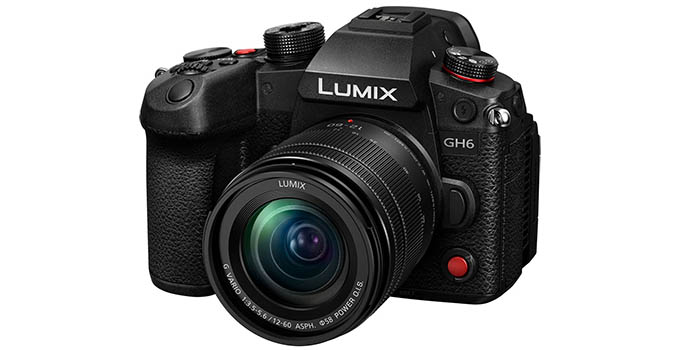
Image Credit: Panasonic
Panasonic can shoot 5.7K ProRes 10-bit up to 30 fps or in more compressed 10-bit codecs up to 60 fps. High frame rate options include 4K up to 120p and Full HD up to 300 fps with a small crop.
All of these cameras offer competitive specs. There is enough for most, though if you are looking for things like super slow motion that might push you towards something like the a7S or GH6.
One extra conversation topic is how the R5 has overheating issues. It makes it a bit less practical for most shooters as their main camera. You can use it just fine in the standard 4K mode, but then you aren’t taking advantage of the max quality of the sensor.
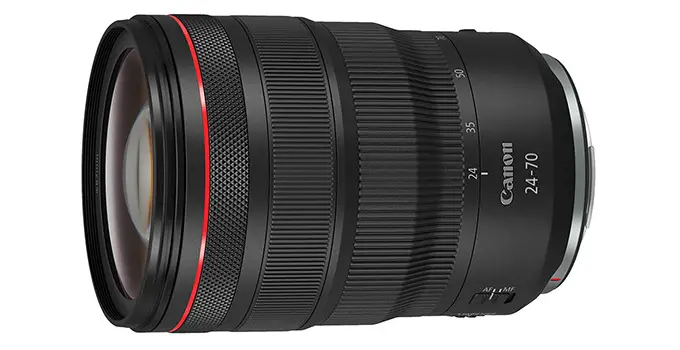
Image Credit: Canon
Autofocus
If you plan on using manual focus lenses this might not be much of a concern. Nowadays though AF is becoming better and better and for things like gimbals or vlogging where you can’t always quickly manipulate the lens it can be very helpful.
Before even getting into the comparison, it’s easy to call out Blackmagic as the bottom pick here as it simply doesn’t have continuous autofocus that’ll work as you shoot.
The cameras were compared in a studio setting with a simple subject who occasionally put their hand up in the way to block their face. Panasonic missed the boat here as there were times where it just failed to get back in focus.
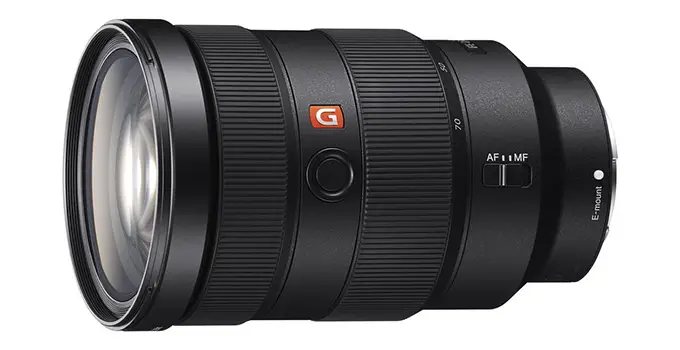
Image Credit: Sony
Canon and Sony are delivering some of the best autofocus today. Canon’s Dual Pixel CMOS AF has been considered the best for a long while. Here, it looks like Canon may just barely edge out Sony, but in this test it was close enough to call it a draw.
Dynamic Range
Dynamic range is what allows you to get cinematic imagery with a lot of room for color grading in post. All of them are very good, so another can’t go wrong scenario, since they do either raw and/or have various log profiles.
Canon has raw and Canon Log 3 which offers 12 stops of dynamic range. Sony’s S-Log2/3 can hit up to 15 stops. Blackmagic has raw or ProRes recording with up to 13 stops. And, Panasonic V-Log has 13 stops. These are all claimed numbers.
In the real world all the cameras performed well. Sony may have had a little bit more detail preserved in the highlights and shadows. Plus, Canon’s lower dynamic range doesn’t show the full picture as it appears to handle itself better than the Blackmagic and Panasonic.
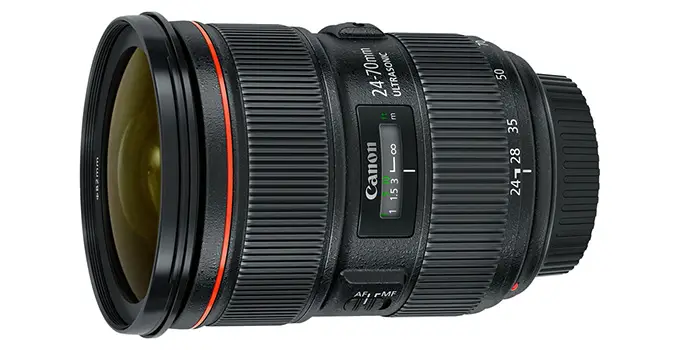
Image Credit: Canon
Color Science
This is a very subjective area and will likely just come down to personal preference. Also, when you are shooting log and doing grading then the differences become even smaller.
Shooting with the standard profiles, they tested both with a simple cityscape and then did a skin tone comparison.
For the sky and buildings, Blackmagic had the most subtle and natural colors. Sony had a clean sky with a light blue shade. Canon had some shifts to purple with some extra saturation.
Panasonic had the most saturation though. Looking closely at the building only the Canon had a slight difference with a reddish-pink tone.
Skin tones tell a different story. Canon has a bit of magenta/pink added while Sony tends to have some yellowish tones. Blackmagic and Panasonic may be the “best” because they split the difference between the Canon and Sony.
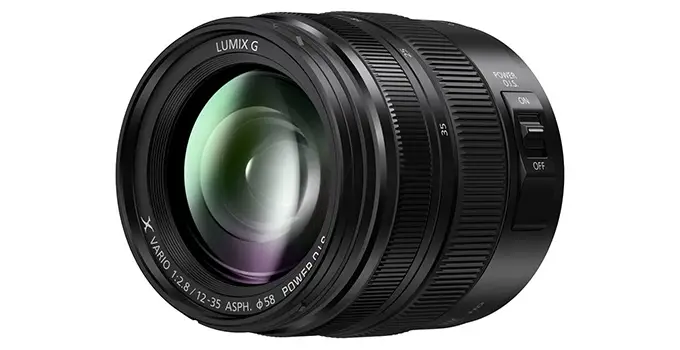
Image Credit: Panasonic
Low Light Performance
There is a clear winner for low light—the Sony a7S III. The combination of low resolution and large sensor has been keeping the a7S series at the top of the low-light list for a long while. It’s cool to see, but if you have an option you should try to add some lights when possible.
Testing at ISO 10,000 you can see they all have noise in some way. Sony’s does look different, which is likely due to how Sony is able to get better-looking footage in low light. As for the rest of the order, they put Panasonic in second, Canon in third, and Blackmagic in fourth.
Stabilization
Another category where Blackmagic just doesn’t offer the feature is stabilization. It just doesn’t have an in-body stabilizer like the others, which is likely due in part to its cinema-first design and lower price. Lens image stabilization does still work.
All the rest have 5-axis in-body IS along with advanced options that will combine that with digital stabilization with an additional crop. Using these modes and doing a basic walking test Canon and Sony were the clear winners.
Sony might be a bit better and more natural-looking. Panasonic on the other hand had some warping happening that was a problem.
The Winner
After breaking down all the categories the winning order is Sony > Canon > Panasonic > Blackmagic. However, if you are shopping for yourself it is likely more important to see where each camera took the wins since at the end of the day some features are likely going to be more important to your style.
An example is how Blackmagic is in last place, but it is more affordable, has a great design and menu, and a cinematic look straight out of camera. It’s lack of AF and IBIS hurt its number in this test though.
After looking at all that which camera would you pick up?
[source: Tomorrows Filmmakers]
Order Links:
- Canon EOS R5 Mirrorless Camera (B&H, Amazon)
- Canon RF 24-70mm f/2.8 L IS USM Lens (B&H, Amazon)
- Sony a7S III Mirrorless Camera (B&H, Amazon)
- Sony FE 24-70mm f/2.8 GM Lens (B&H, Amazon)
- Panasonic Lumix GH6 Mirrorless Camera (B&H, Amazon)
- Panasonic Lumix G X Vario 12-35mm f/2.8 II ASPH. POWER O.I.S. Lens (B&H, Amazon)
- Blackmagic Design Pocket Cinema Camera 6K Pro (B&H, Amazon)
- Canon EF 24-70mm f/2.8L II USM Lens (B&H, Amazon)
Disclaimer: As an Amazon Associate partner and participant in B&H and Adorama Affiliate programmes, we earn a small comission from each purchase made through the affiliate links listed above at no additional cost to you.


